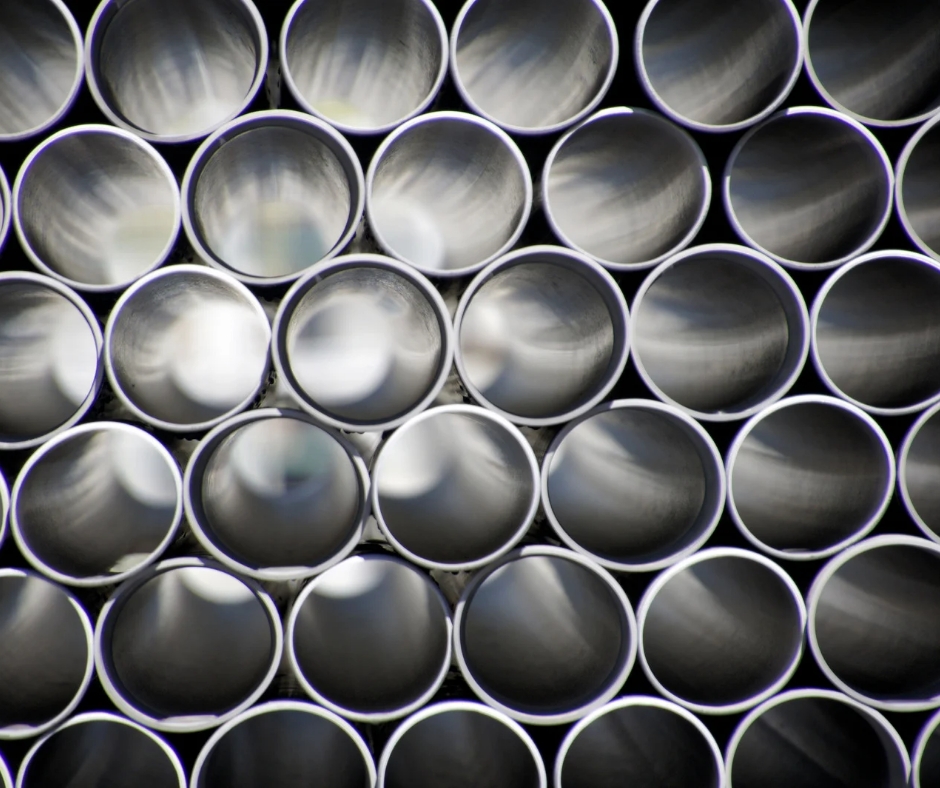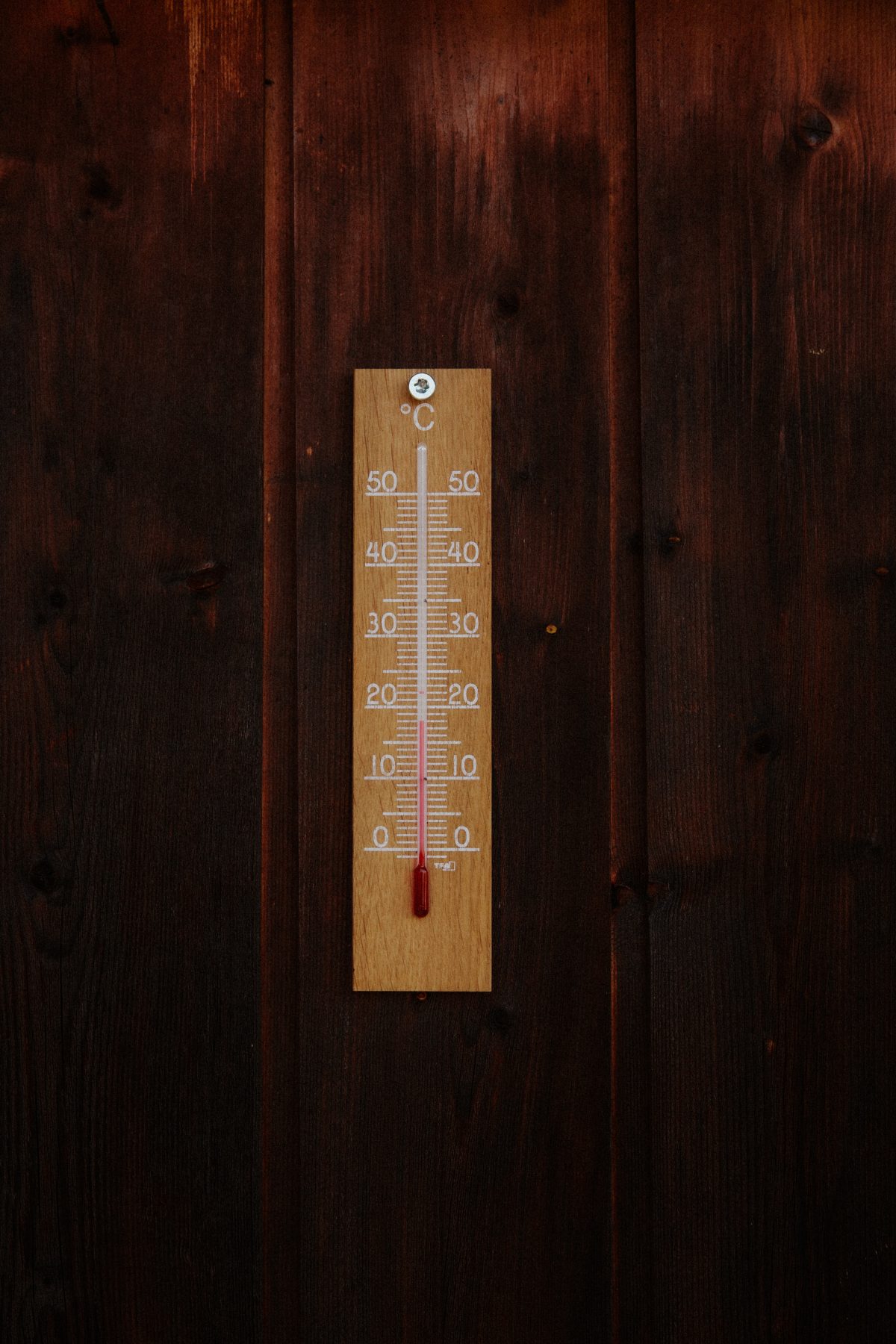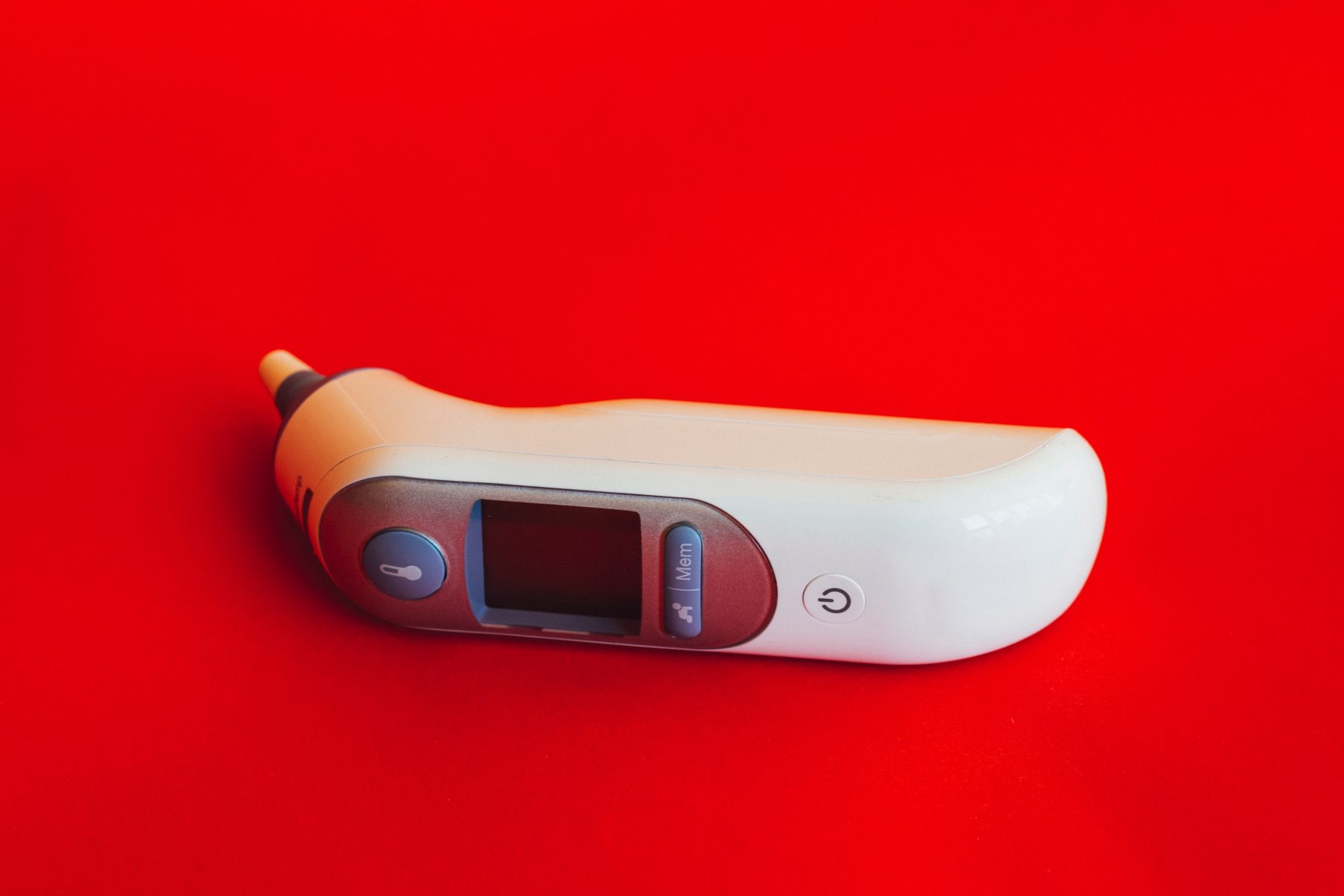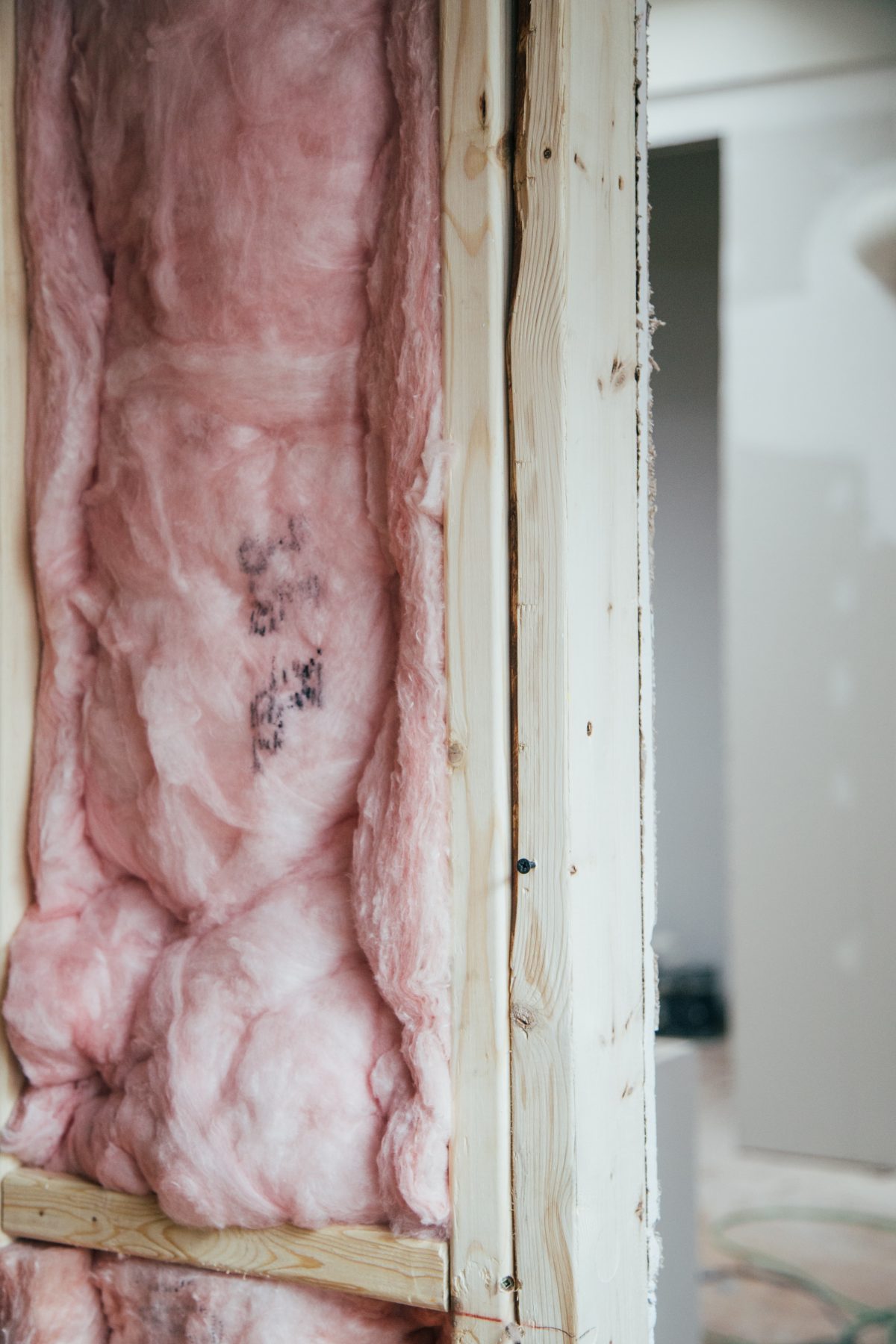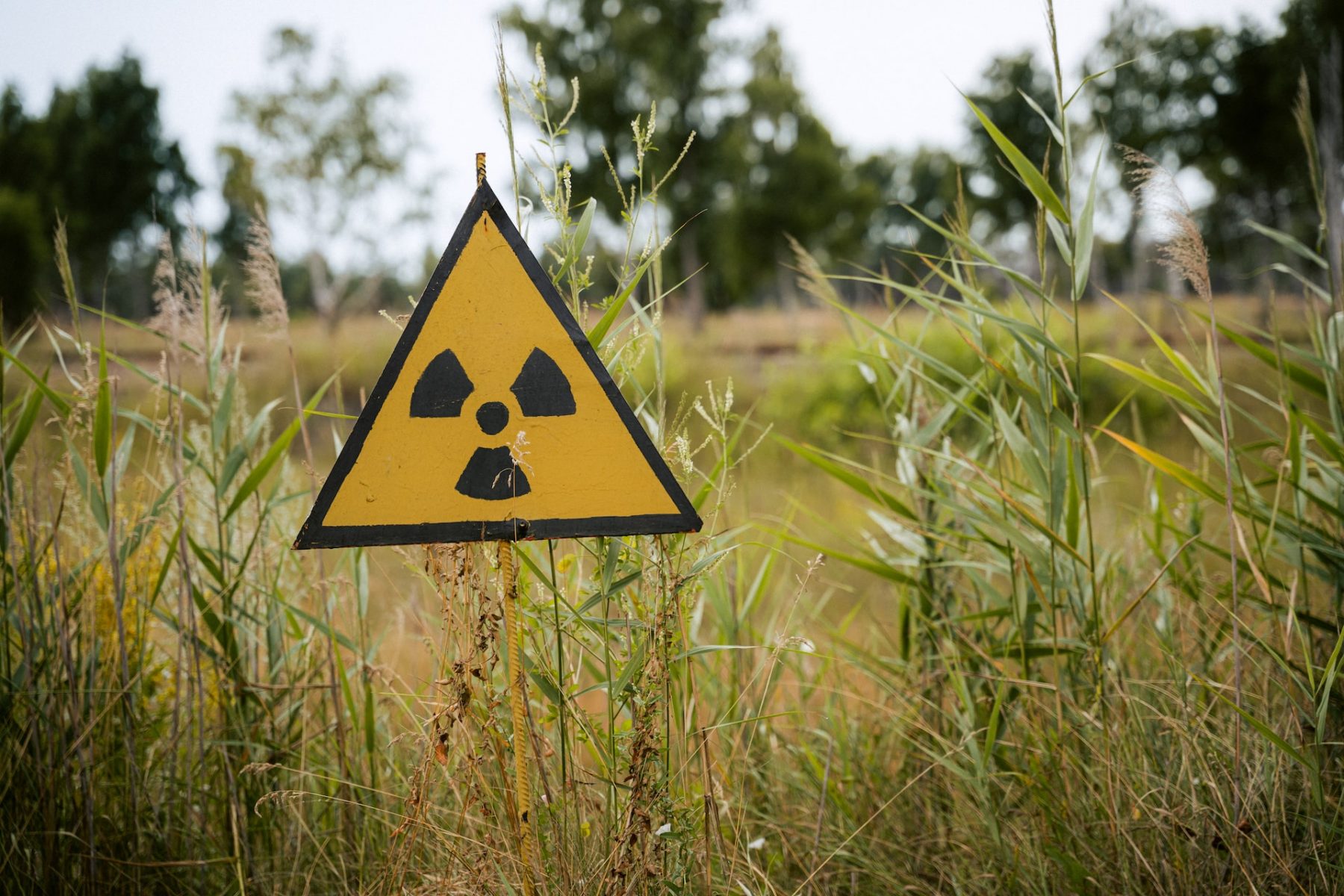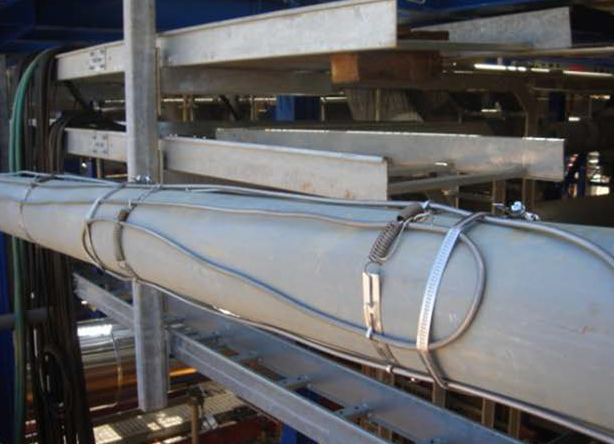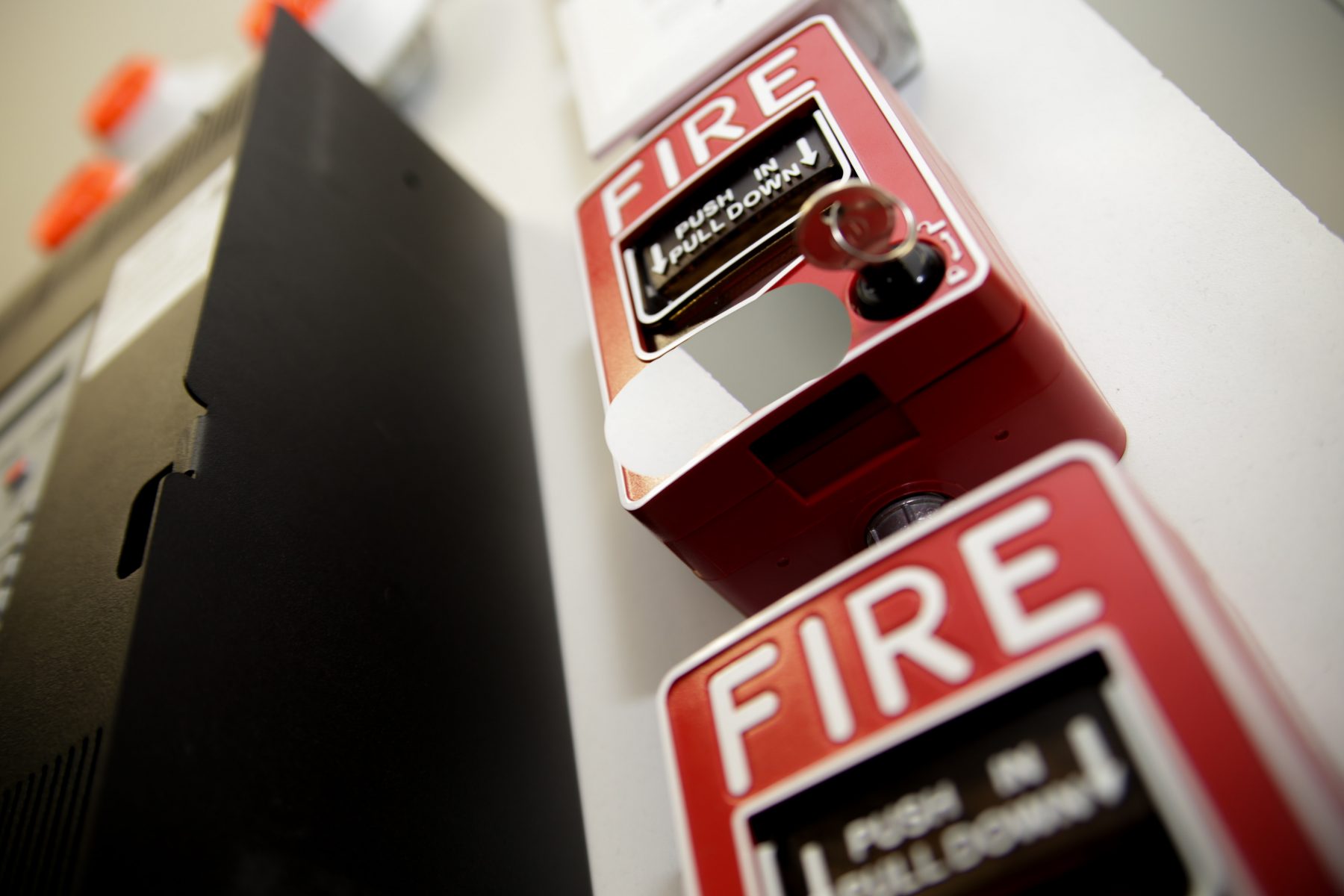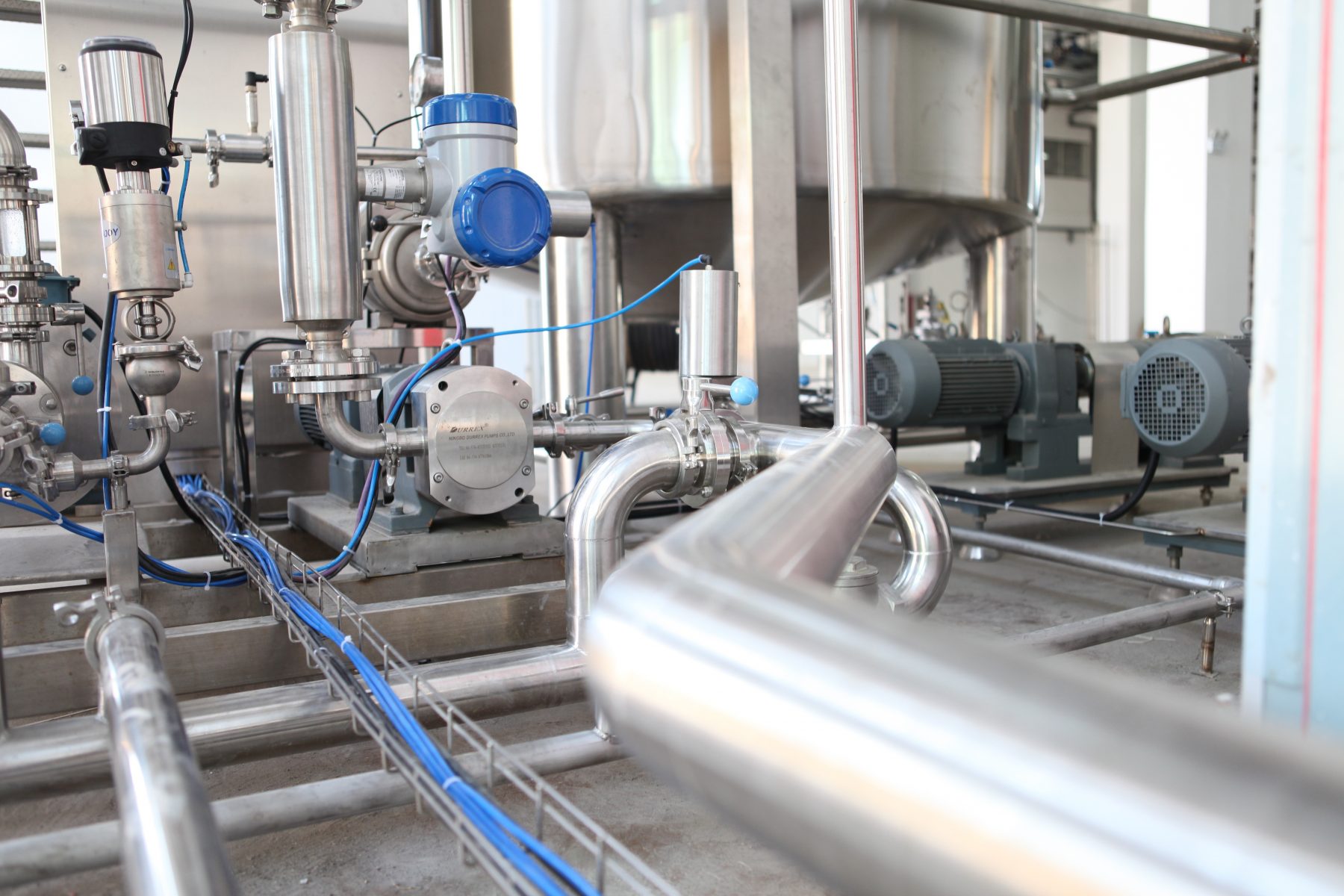When it comes to the four main process variables (flow, level, pressure, and temperature), temperature is the only one that can’t recognise and measure a sudden change relatively quickly. A quick movement in one of the other variables can be detected through instrumentation within a few seconds, but an increase or drop in temperature can take a while to completely quantify.
For most, this is just a fact of life, we recognise and live with the characteristic, as temperature doesn’t typically change very fast anyway. However, there are some situations where the lag can cause big problems, such as industrial temperature measurement. Fortunately, there are a number of ways to improve the response time of temperature measurement, which we’ll be looking at in this article.
First, why is there a lag in temperature measurement response times?
The two main methods of electronic temperature measurement are resistance (RTD sensor and thermistor) and voltage (thermocouple). In both approaches the value is shown at the top of the sensor, which might or might not be exactly equal to the process media temperature. Ensuring an accurate measurement depends on bringing the sensing element to the same temperature as the process media. This may sound like a fairly easy problem to solve, but it can actually be difficult in terms of actual applications.
Using infrared to measure optically is pretty much instantaneous; however, it does come with serious limitations when measuring the temperature of gas or liquid (the most common types of process media). Infrared can be useful for several things, but for the majority of process temperature measurement applications, its applicability is limited, so we will be ignoring it for this article.
A sensing element is normally enclosed in a stainless steel (sometimes platinum) sheath around 0.25 inches in diameter. The length can vary but the diameter is often this or smaller. The protective sheath is especially important for RTDs because of the delicacy of the sensing element. Thermocouples can come as naked wires without a sheath, but this is more of an exception than a rule.
Heat from the process needs to be transferred through the sheath and packed inside it to reach the sensor, whatever the insulation might be, which causes the delay. Stainless steel is one of the most versatile alloys to be created, but it has one big drawback: it’s a poor conductor of heat. However, its many advantages outweigh this shortfall, making it the main material used for temperature sensor sheaths.
The alloy determines the thermal conductivity value of a sheath, but the time it takes to reach the sensor is influenced by its size and thickness. The more material there is the longer it takes for the heat to move through the sheath wall to the sensor. As mentioned above, within the sheath the sensor is encased in an insulating material to protect it electrically and physically. So, the heat coming through the sheath also must heat the insulation before it gets to the sensor itself.
Temperature difference is also a key factor as the greater the difference, the quicker the heat transfer. The rate of change slows when the measured and actual temperature gets closer to equilibrium.
Getting past another layer
There’s another big complication: a sensor is not usually inserted into the process by itself. In some real-world applications, it can happen, but for the most part, a sheathed sensor is inserted into a thermowell, which is then added into the process. The thermowell is part of the containment process and enables the sensor to be removed if needed without shutting it down.
This has advantages, but it adds another layer of metal, through which the heat has to pass through to reach the sensor.
Also, there is space between the inside of the thermowell and the sensor sheath, reducing the physical contact between the sensor and the process media. The inside of the thermowell effectively becomes and oven and a lot of the heat transfer needs to be by air instead of direct metal-to-metal contact.
How to improve response time
So far, we have looked at all the causes of slow response time, but what can you do to improve it? Firstly, you can improve the contact between the sensor sheath and thermowell. Check that the sensor is completely inserted into the thermowell, it’s quick and easy to fix if it isn’t. In some cases, sensors can be spring-loaded to keep the tip securely up against the end of the thermowell.
Look for interior debris and internal deposits in the thermowell. Thermowells are not always made from stainless steel and more reactive alloys sometimes corrode, forming internal insulation, you need to clean out any debris.
Confirm that the sensor sheath is the right size for the thermowell. The fit should be as close as possible to maximise contact, but if the thermowell bends or has debris inside, it can be tempting to compensate by using an undersized sensor.
Add a little bit of silicone oil to the thermowell to help arrange heat transfer, as long as all the debris is cleared out and the installation is in the correct place to stop it leaking out. This reduces the effect of any internal air gap. Next, look at more involved solutions that are able to lower the amount of metal between the sensor and process. It’s not really possible to change the sheath itself, so this relates mostly to the thermowell.
Use the thinnest thermowell you can. You need to be careful doing this as it’s part of the containment process, but if the thermowell isn’t in a moving fluid stream and is quite short, don’t make it any thicker than is required. Change the profile of the thermowell. If you’re worried about structural integrity because of fluid flow, a stepped or tapered thermowell could be an option.
Conclusion
If these alterations aren’t enough to reduce the response time, more severe measures could be needed. These might include changing the location of the sensor, adding more sensors, or rethinking the temperature strategy regulation overall. Thankfully, no matter the approach, the range of temperature measurement options can offer a workable solution. Contact TRM today to discuss your industrial temperature measurement needs.
